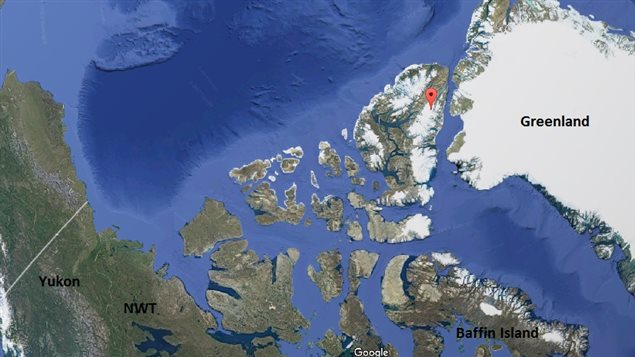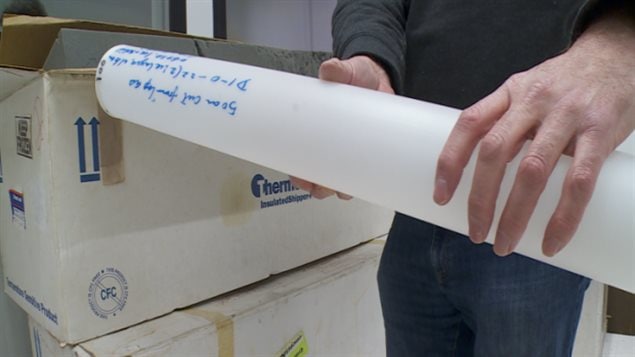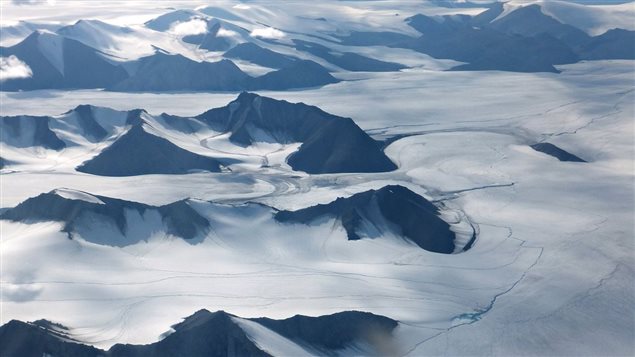In the 1980’s scientists drilled down more than a kilometre into an Arctic ice cap. The resulting core samples date back to the Holocene period ranging up to 12,000 years ago.
What scientists have now discovered using new technology to analyse the cores is that the Arctic was several degrees warmer on average back then, than it is now.
Glenn A Milne (PhD MSc) is a co-author of the research study. He holds a Canada Research Chair and is a professor in the Department of Earth and Environmental Sciences at the University of Ottawa.
Listen
The findings were published in the April 2017 edition of the science journal PNAS-(Proceedings of the National Academy of Sciences of the USA) under the title, “High Arctic Holocene temperature record from the Agassiz ice cap and Greenland ice sheet evolution”. (abstract HERE)
While these ice cores had been studied in the past, the two methods used to study and determine ancient Arctic temperature, had produced different results.
What the new research was able to do was to correct one of the methods by now including information about a nearby ice sheet which was melting very fast thousands of years ago and which was thereby changing wind and precipitation patterns over the Agassiz ice cap where the cores were taken.

Professor Milne says once the new data was factored in, the two analysis methods matched quite well. The results showed the average Arctic temperature in the Holocene was several degrees warmer than at present and as such also several degrees warmer than had been previously thought.
However he says that temperature change occurred over a period of centuries. Current temperature change is much faster and he says the only forcing that really explains it is greenhouse gasses from human activity.
Milne says they were able to use the new temperature information to create a model of the Greenland ice sheet melting, and found their model matched with the melting data from Greenland ice. This had previously baffled scientists as their previous temperature data didn’t match the rapid melting of the Greenland ice. Now with this new temperature information, the ancient melting speed is now consistent with the ancient temperature.

Professor Milne says in looking at the past, we may be able to infer where the climate and conditions are heading in the future.
He says these ice cores, some of which can go back 800,000 years ago, are vital for science to study continuous climate change, atmospheric states such as the amount of greenhouse gasses, and what might have caused any changes.
He also points out that preservation of the ice cores is critical as technology is improving all the time and new findings and more accurate findings can be determined as they are re-examined over time.
In this case the cores were almost lost. Five years ago when the government ice preservation operation was closed for budget concerns, the ice was eventually collected by the University of Alberta. However, when a freezer malfunctioned at the university, about 12 percent of the collection was lost.
Additional information







For reasons beyond our control, and for an undetermined period of time, our comment section is now closed. However, our social networks remain open to your contributions.